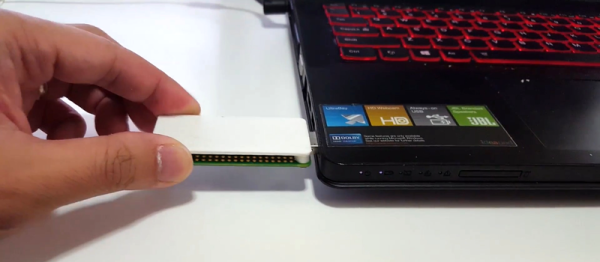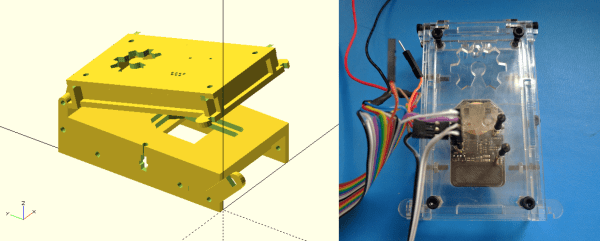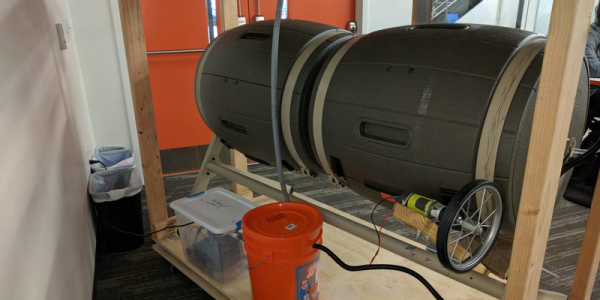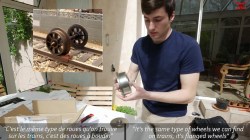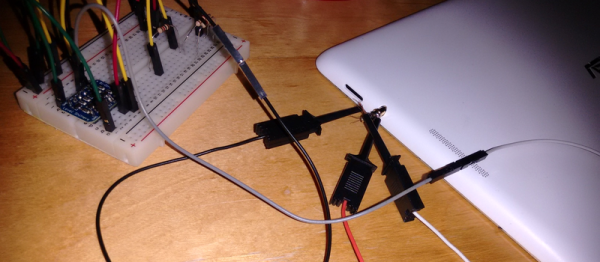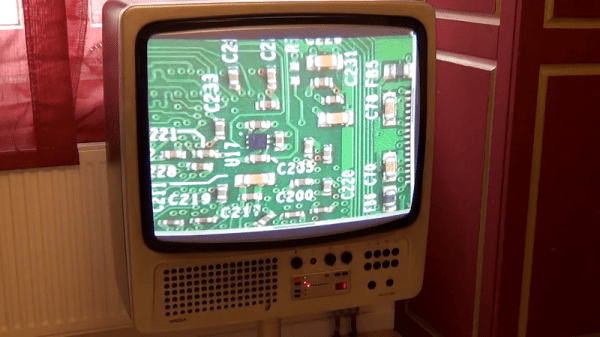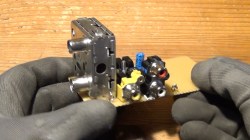[ttsiodras] tells an epic tale of getting a custom Debian kernel installed on an Asus MemoPAD (ME103K) tablet. Skipping to the end of the saga, he discovers what looks like serial data coming out on the headphone jack when the system boots, but the signal was so distorted that he couldn’t simply interpret it. The solution turns out to be attaching a level-converter chip.
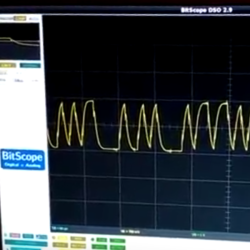
A level converter is a non-inverting amplifier, usually with a Schmitt trigger for immunity against noise. In this case, it acts like a “binarizer” — outputting a high voltage when the input rises above a threshold, and a low when it drops below. It’s the right part when you need to clean up a messy digital signal, and in this case works just fine because the capacitive distortion effects slow down both the leading and trailing edges of the signal, keeping the serial data’s timing intact.
That was the spoiler. If you want to read up on putting a custom Linux on an Android device, check out [ttsiodras]’s first post where he backs the machine up, and the second where he gets his custom kernel up and running. If you’re ever faced with an Android tablet that hasn’t been owned yet, or if you just have a DIY streak, this should help you get started.
Using the audio jack for serial is actually not uncommon, and discovering a serial terminal that listens at boot time is our favorite way to wedge a Linux OS into odd devices. So when you see a funny, distorted signal coming out at 115,200 baud, take a moment to clean its edges up and see what you’ve got.

